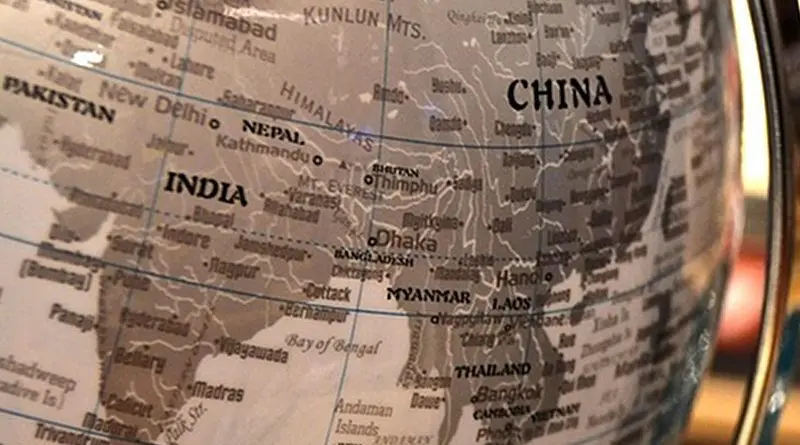Steps For Addressing South Asia’s Historic Decline In Remittances – OpEd
By Sheikh Tanjeb Islam, Asia Pacific Community Lead, World Economic
As a result of COVID-19, remittance flows to South Asia are facing their sharpest decline in history and are projected to fall by more than 22% in 2020.
The pandemic has already severely affected the 272 million international migrants by reducing their main source of income and job security. In South Asia, it is projected that remittances will fall by more than 22% in 2020 (above the global trend the World Bank has predicted) before recovering in 2021
A prolonged economic recession will force the return of a significant number of migrants to their countries of origin, aggravating the economic downturn and social disruption. The effect of the projected sharp decrease of remittances on households in South Asia can potentially push back decades of progress made by the region on poverty reduction, income and gender inequality, nutrition, health and education.
Within the framework of the World Economic Forum’s Regional Action Group for South Asia, a policy paper has been developed to support both the public and private sectors to address this critical development challenge. It highlighted four immediate steps that stakeholders in South Asia need to take to arrest the decline of remittances in the region:
1. Declare the provision of remittance services as an essential service to keep remittance service providers’ outlets open to the public;
2. Provide fiscal and monetary incentives to ensure more remittances flow through formal banking channels
3. Include remittances in bilateral and multilateral discussions on the conditions of migrant workers;
4. Reduce the average cost to achieve the United National Sustainable Development Goal (SDG) target by accelerating the digitalization of remittances
The paper also provides guidance on other long-term options for countries. These steps complement the call to action which has been initiated by the governments of Switzerland and the United Kingdom with strong support from multilateral institutions, such as the World Bank and United Nations Capital Development Fund.

